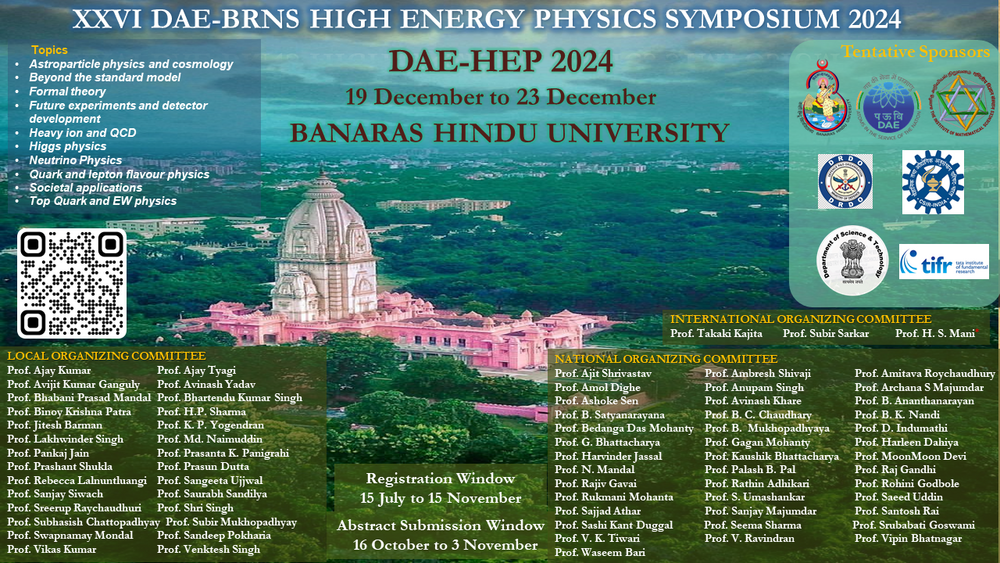Speaker
Description
The direct detection of dark matter relies on the rare interactions of dark matter particles with the ordinary matter. The world leading direct detection experiments are mostly sensitive in the 25–40 GeV/c2 WIMP mass and the null results from those experiments have pushed the interest to explore the low WIMP mass region specially below 10 GeV/c2. In this context, the Indian Dark matter search Experiment (InDEx) at Jaduguda Underground Science Laboratory (JUSL), employed C2H2F4 Superheated Liquid Detectors (SLDs) due to their sensitivity to nuclear recoils while remaining insensitive to minimum ionizing particles, such as gamma and beta radiation, at certain temperatures. However, operating the SLD at higher temperatures that corresponds to the lower threshold (gamma sensitive regime) one can probe the lower WIMP masses. Therefore, to explore the WIMP masses in gamma sensitive regime, the precise identification of threshold temperature of the SLD for gamma-ray induced bubble nucleation is necessary. This study investigates the temperature threshold at which the gamma-ray induced bubble nucleation occurs in C2H2F4 SLD. Superheated liquid is a metastable state of the liquid and the energy deposition by the charged particles, neutrons, gamma-rays etc. can cause nucleation which leads to the transition from metastable liquid state to the stable vapour state. The mini-explosion from metastable liquid state to stable vapour state gives an acoustic signal lasting about few milliseconds and can be recorded with condenser microphone or piezo-electric sensors. Experiment was performed with C2H2F4-SLD which was fabricated at SINP by suspending the superheated droplets into a visco-elastic gel matrix. Two sets of experiments were performed at each operating temperatures between 31°C and 49°C, one for background and another in presence of 137Cs (5 mCi) gamma-ray source. For the detection of the acoustic signals, condenser microphone as a sensor was used in the experiment. Results show that the detector becomes sensitive to gamma-rays at 44.5°C ± 1.4°C which corresponds to 0.65 keV thresholds. It was observed that the gamma sensitivity of SLD depends on the droplet size. For smaller droplets (~10µm) which are currently used in InDEx at JUSL, the detector becomes gamma-ray sensitive at relatively higher temperatures. This explains the higher threshold as observed in the present measurement compared to the previous studies with larger droplets. This observation is important for optimizing the detector's performance, particularly for exploration of the low mass WIMP. The preliminary sensitivity of InDEx near gamma-ray threshold will be presented along with the predicted sensitivity of InDEx for the future run with larger exposures.
| Field of contribution | Experiment |
|---|

